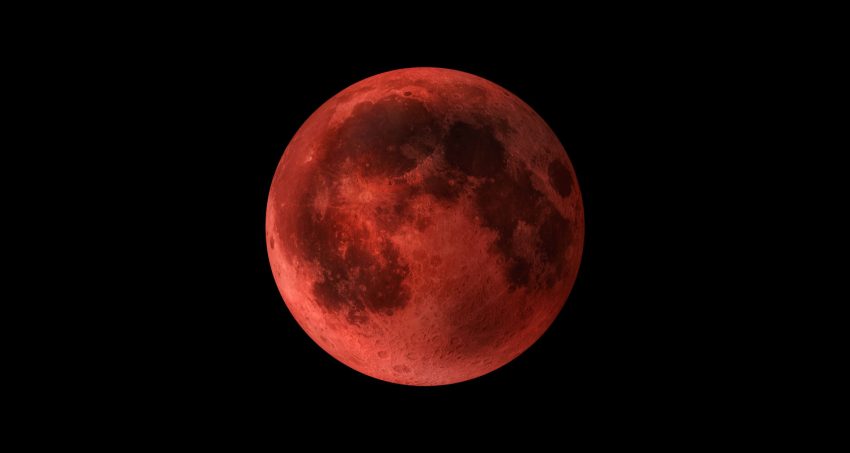Astronomers say the event will be clearly visible across the country, with the moon taking on the characteristic deep red hue often referred to as a “Blood Moon”. The eclipse will be one of the longest of the decade, with totality lasting more than 80 minutes.
In Johannesburg, the partial phase of the eclipse will begin at 7.27pm, with the moon entering total eclipse at 7.30pm. The spectacle will reach its peak at 8.11pm, before the moon slowly begins to emerge from Earth’s shadow. Totality ends at 8.53pm, though the entire eclipse lasts until after 10pm.
Observers in Cape Town will also see the eclipse. Clear skies and an unobstructed view of the eastern horizon will offer the best chance of seeing the moon darken and glow red.
Weather permitting, the South African Astronomical Observatory said it will host a special public viewing aligned with the eclipse in Cape Town. Members of the public will be able to view the moon through the observatory’s amateur telescopes and join guided walkthroughs of the historic main building and the new visitor centre.
A lunar eclipse occurs when Earth lines up directly between the sun and the moon, casting a shadow across the lunar surface. During a total eclipse, sunlight bends through Earth’s atmosphere, scattering blue wavelengths and allowing only red and orange light to reach the moon – hence the blood-red glow.
Delicate interplay
These events happen at least twice a year worldwide, though not all are total eclipses and visibility depends on location. For Southern Africa, the September eclipse is particularly favourable, with the entire sequence visible soon after moonrise.
Beyond the spectacle, lunar eclipses have long held scientific and cultural significance. Ancient astronomers used them to understand the shape of the planet, while today’s observers see them as reminders of the delicate interplay between celestial bodies.
Read: For first time, Webb telescope discovers an alien planet
The 7 September event belongs to Saros cycle 128, a repeating series of eclipses with similar geometry, and occurs just days before the moon reaches perigee – its closest point to Earth – making the moon appear slightly larger in the sky.
The eclipse is safe to view with the naked eye or through binoculars. For best results, astronomers recommend finding a dark location away from city lights. With Saturn also near the moon during totality, the night promises a memorable show for skywatchers.
South Africans keen to witness the event should mark their calendars: the next comparable total lunar eclipse visible in the region will not occur for several years. – © 2025 NewsCentral Media
Get breaking news from TechCentral on WhatsApp. Sign up here.
Don’t miss:
From Beijing to Stellenbosch: quantum signal travels 12 900km
